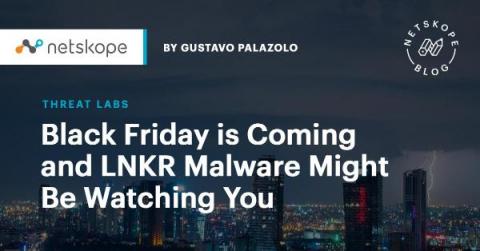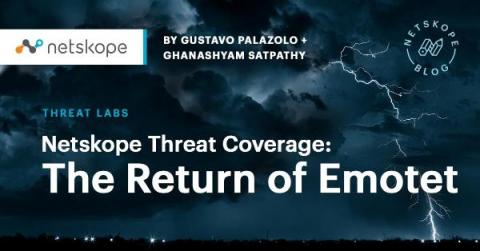FluBot malware warning after 70,000 attacks launched over SMS
Finland’s National Cyber Security Centre (NCSC-FI) has issued a warning about malicious SMS messages that have been spammed out to mobile users, directing iPhone owners to phishing sites and Android users to download malware. The messages are written in Finnish but without the customary accented characters. In some instances, the messages pose as a notification that the user has received a voicemail message, or a communication from their mobile network provider.









